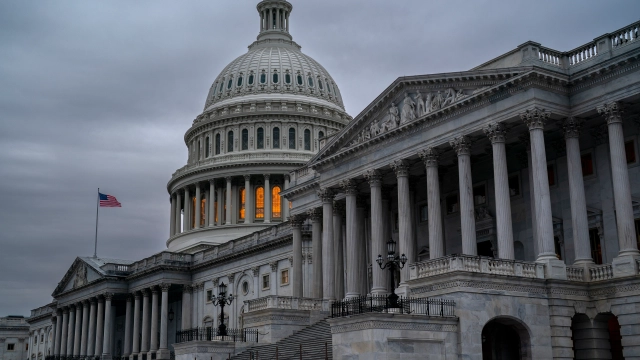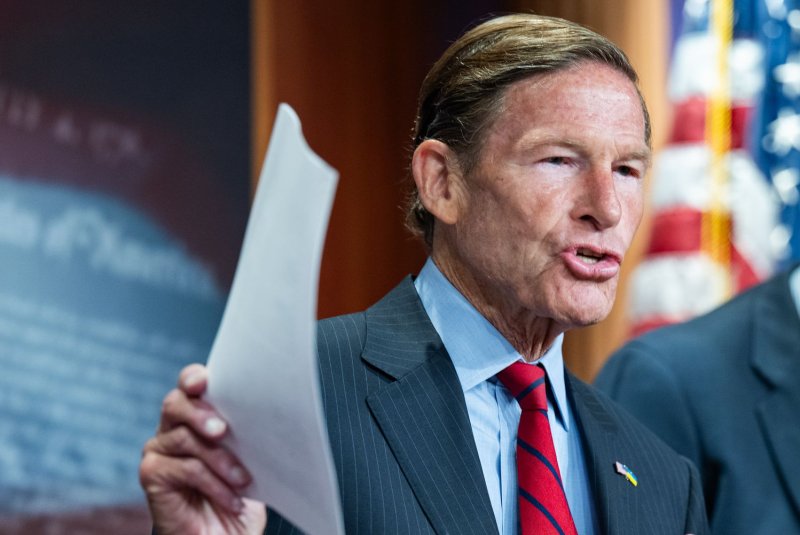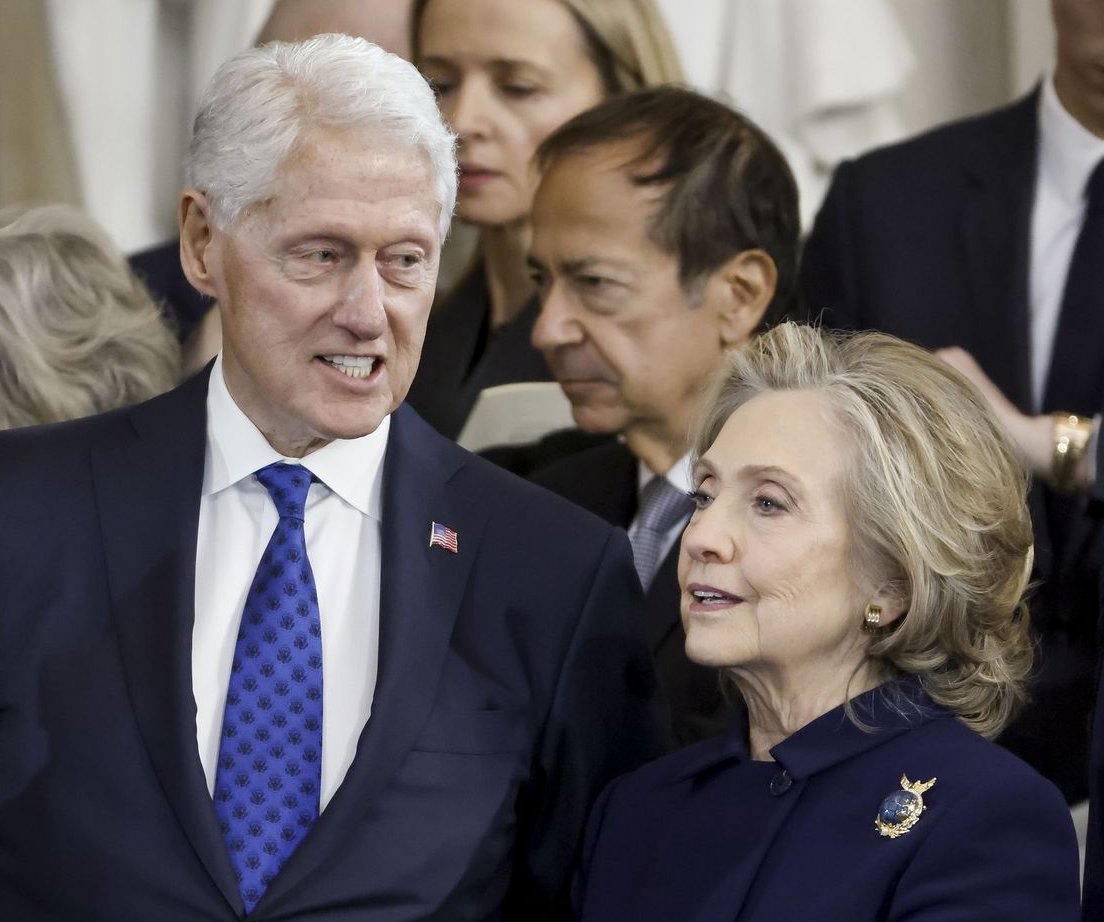Modern legislative debates are often defined by the total “price tag”— the $550 billion infrastructure bill, $1.9 trillion Trump tax cut, or $938 billion Affordable Care Act. And the major “lame duck” session bill that worked its way through Congress before the holidays — a $1.7 trillion omnibus — was no different.
The sheer size of this bill meant the stakes were incredibly high for Americans’ wallets — but the amount of new government spending alone doesn’t tell us the full story. That’s because official cost projections don’t measure to whom the spending or tax cuts will accrue. And given the current state of inequality in the US — with large disparities by income, wealth, race, ethnicity, geography, and gender — this is an especially glaring omission. Without this critical information, lawmakers are flying blind.
This year’s “lame duck” debates underscored why distributional analysis of major economic legislation is essential for effective policymaking. But because there was no official distributional analysis of any of the bills that vied for inclusion in the omnibus, policymakers did not know if or how they would exacerbate or mitigate inequality. The answer to this question is critical because the evidence is clear that extreme inequality drags our economy down.
To be sure, these are difficult questions to answer. But we know that when correctly resourced, our official budget scorekeepers are up to the challenge. The Joint Committee on Taxation (JCT) already produces a distributional analysis for some — but not all — tax bills, making empirically-based assumptions about how Americans across the income spectrum will react to tax code changes. Occasionally, nonprofit organizations will chip in with their own analysis — but they only rarely include race, and don’t have the extra layer of impartial validity that government-produced data offers.
The debate around the omnibus package showed how a lack of official distributional analysis leaves the door open for lawmakers to advance regressive policies. Take, for example, the retirement bill known as SECURE 2.0, which was included in the omnibus. This legislation combined provisions that will help Main Street — such as a refundable tax credit for retirement savings – with others that will deliver outsized benefits to the wealthy – like a rule change to allow older Americans to keep money in tax-sheltered retirement accounts for longer periods. And it will do nothing to reduce existing large retirement tax breaks that overwhelmingly benefit the wealthy. While we got an official estimate of SECURE 2.0’s cost in March, there was no distributional analysis, which means that we will never know just how upside-down the legislation’s reforms really are — and lawmakers will not have to answer for actively exacerbating inequality.
Proposals to delay enforcement of several corporate tax provisions present a similar challenge. Though ultimately excluded from the omnibus, we can expect Congress to debate these “tax extenders” again in 2023. When it does, we will receive an official estimate of the foregone revenue (possibly totaling nearly $500 billion over ten years), but we won’t be told who will benefit from these tax breaks. Some conservatives argue that they’ll incentivize investment and foster trickle-down economic benefits. But the Tax Policy Center disagrees, finding that 24 percent of the benefit will accrue to the top one percent of earners. Without an assessment by official scorekeepers, policymakers and the press will be able to largely ignore the distributional consequences. With corporate profits at record highs, the racial wealth gap showing no signs of receding, and workers struggling to keep up with rising costs, we can’t afford to get this wrong.
Many had been understandably calling for the addition of an expanded child tax credit and earned income tax credit to make a tax extender package fairer, but we still don’t know how much in tax credits would be needed to compensate for the corporate provisions without a distributional analysis from JCT.
Even spending bills — which most immediately send dollars to federal agencies and not the public at large — are ripe for distributional analysis. The omnibus that Congress passed will send $1.7 trillion — more than 6 percent of GDP — to public and private individuals and institutions across the country over the next nine months. But while we know how much each agency will spend, we don’t know who will ultimately benefit: How much military spending will end up in the hands of large defense contractors and wealthy shareholders? How much transportation spending will benefit rural residents versus urban ones? These and countless other distributional questions continue to go unanswered.




